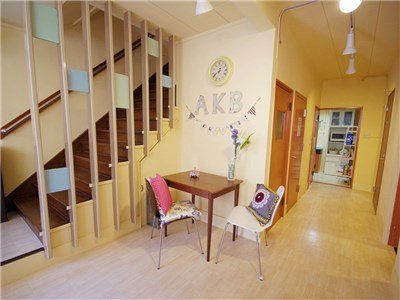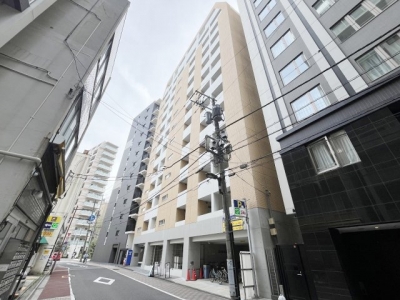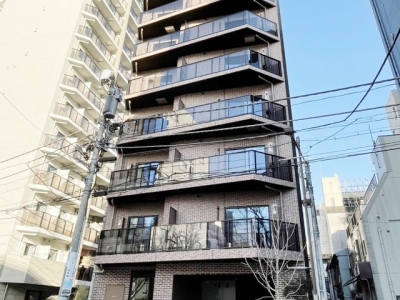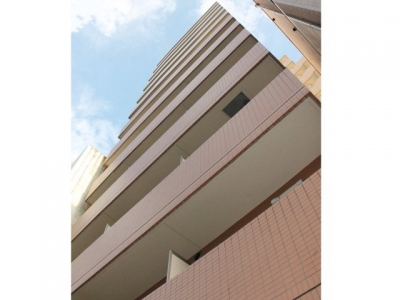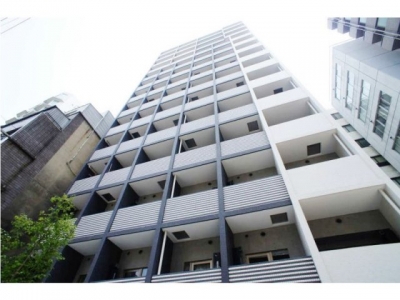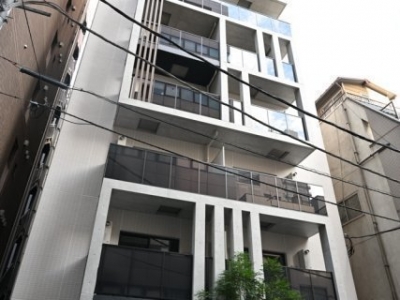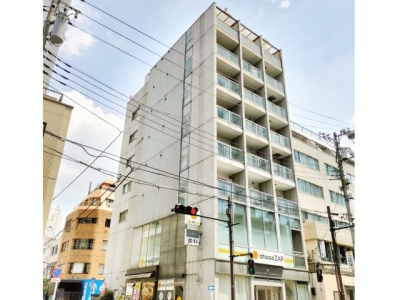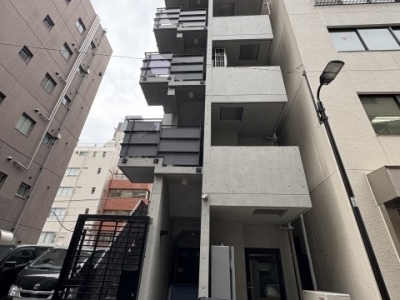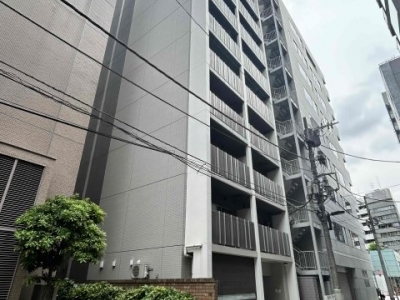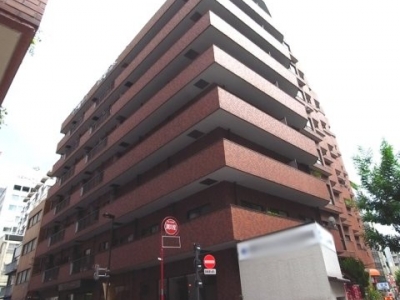
Akihabara is one of the most famous electric towns in the world, as well as a holy land for many of Japan’s subcultures, but many do not know how it came to be so well-known. The key to that mystery lies in the history of the area.
How Akihabara came to be
Terminal toward Chiba and Ibaraki
Akihabara lies to the northeast of Chiyoda ward, where the Imperial Palace lies. The station is on 5 train lines: JR Yamanote line, Keihin-Tohoku line, Sobu line, Tsukuba Express, and Tokyo Metro Hibiya line. It’s the last stop on the Tsukuba express, so you will see many people transferring. People commuting from neighboring Chiba or Ibaraki also make transfers on their commute into the city.
A name borne out of misunderstanding
Almost everyone in Japan knows Akihabara, but not many people may know how it came to get that name, let alone that it was all the result of a misunderstanding. The story goes that there was once a shrine called Akiba Shrine near Ueno station. This shrine burned down in 1869 in a great fire in Tokyo, and by decree of the Meiji Emperor, a new shrine was built near what is now Akihabara station called “Chinka shrine” (“Chinka” meaning “put out fire”). Enshrined here were three gods that were also worshipped by the imperial family, gods of fire, earth, and water. However, the local people thought that the shrine was built for the worship of a more well-known god of fire prevention, called Akiba-Daigongen, whom they called “Akiba-sama”. The area around this temple then became known as “Akihabara” (“Akiba’s field”).
World-famous electric town
【The birth of the electric town】
Akihabara was established as a town known for electronics after the war during a period of economic growth. People would buy junk from the army, then fix it up and sell it. At the time, there were many shops that sold radio parts, so there are many shops with “-radio” in the name.
【A town reflecting change】
Akihabara electric town began to solidify its identity soon after. In the 1960s during a period of rapid economic growth, home electronics like televisions and washing machines grew popular, with home audio following with import record shops. Starting in the 1970s, shops began to sell computers, and the rest of the town followed suit.
【A new kind of electric town】
In the 1980s, video games became popular starting with the “Famicom” (Nintendo Entertainment System”), and shops began selling games. A subculture soon grew around the town and people started calling it “Akiba” as a shortened form. From the 1990s, thanks to the internet, subcultures having to do with games, anime, and self-published zines grew and grew.
A subculture holy land explodes in popularity
Akihabara cemented its status as a subculture paradise in the 2000s. So-called nerds and geeks (“otaku” in Japanese) formed a town based on computers, with maid cafes popping up as well. There is even a term called “Akiba style”, which describes the culture, fashion, and interests of people who flock to the area. This word became nominated as “New word of the year” in 2008. Now people from all over the world come to Akihabara as if on a high-tech pilgrimage.
Transforming into a sightseeing spot
Beginning with the establishment of the Tsukuba Express and the giant Yodobashi Camera electronics store, Akihabara began to change. In addition to the established subcultures, the town began to see more women and couples visitors. Larger electronics stores began to crop up on the north side, and now a tour bus runs through as well. Now even more foreigners visit just to catch a glimpse of modern Japanese geek culture.
A town that changes with the times
Looking back through history we can see how Akihabara has always been a unique town. It can adapt to any new trend that comes along. Who knows what kind of town Akihabara will be in the future?
Nearby houses here
Recently viewed properties
-
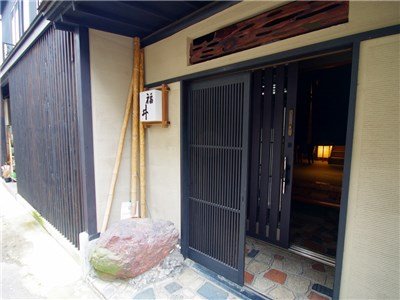
APART & SHAREHOUSE
UENO RYOTEI FUKUI
JR-KeihinTohoku line / Uguisudani 10minutes
Move in conditions: Female Male Foreigner¥55,000 - ¥150,000
-

SHAREHOUSE
TACHIKAWA RETRO HOUSE
JR-Chuo line / Tachikawa 4minutes
Move in conditions: Female Male Foreigner¥44,000 - ¥57,000
-

SHAREHOUSE
MIYAMAEDAIRA TERRACE
Tokyu-Denentoshi line / Miyamaedaira 7minutes
Move in conditions: Female Male Foreigner¥65,000 - ¥71,000
-

SHAREHOUSE
PREMIERE MACHIYA
TokyoMetro-Chiyoda line / Machiya 5minutes
Move in conditions: Female Male Foreigner¥65,000 - ¥70,000
-
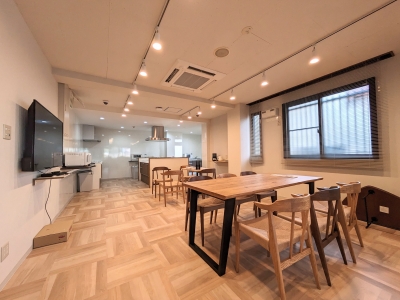
GRAN KOBE
Hanshin line / Uozaki 4minutes
Move in conditions: Female Male Foreigner¥51,000 - ¥55,000

